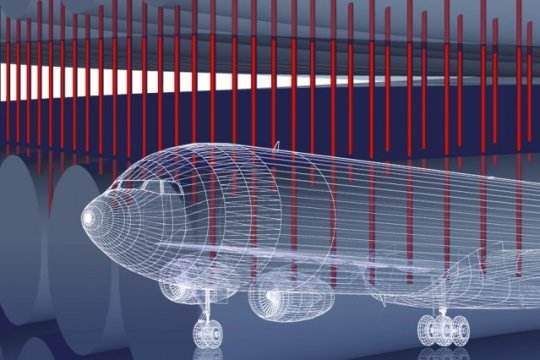Carbon nanotubes have been widely used in many fields due to their unique mechanical, electrical and chemical properties. With the increasing maturity of carbon nanotube synthesis technology, it has become possible to synthesize carbon nanotubes at a low cost. Broadening the application range of carbon nanotubes will have significant practical value.
The seamless tubular structure of carbon nanotubes and the good degree of graphitization of the tube body give it excellent mechanical properties. According to theoretical estimation, the tensile strength of single-walled carbon nanotubes is 100 times that of steel, and the mass is only 1/6 of steel. And the elongation can reach 20%, the ratio of length to diameter can reach 100-1000, far beyond the aspect ratio of general materials, so it is called "super-strong fiber", and its performance is better than any of the current ones. Fiber, which has the inherent properties of carbon fiber, including peculiar electrical properties, good flexibility, good chemical stability, thermal stability and adsorption characteristics, electrical and thermal conductivity of metal materials, heat resistance of ceramic materials corrosion, the soft machinability of textile fibers, and the ease of processing of polymer materials.

It is precisely because of the peculiar properties of carbon nanotubes that can be used as an ideal reinforcement for composite materials, giving the composites excellent performance. Carbon nanotubes as reinforcement reinforcing composite materials mainly include carbon nanotube/polymer composite materials, carbon nanotube/metal matrix composite materials and carbon nanotube/ceramic matrix composite materials.
(carbon nanotube composite material)
Firstly, Carbon nanotube/polymer composites.
Carbon nanotubes have unique mechanical and electrical properties, while polymers are easy to process and have strong applicability. Combining the advantages of the two can produce new materials with excellent performance and wide application. Recently, it has been reported that the carbon nanotube/polymer composite having a volume fraction of carbon nanotubes in the total volume of 30% to 50% has a tensile strength exceeding 1.2 GPa. It has also been reported that the volumetric conductivity of carbon nanotube/cellulose paper is 0.53 Ωcm, the shielding efficiency exceeds 20 dB in the range of 15 to 40 GHz, and the electromagnetic wave absorption efficiency accounts for more than 80% in the range of 30 to 40 GHz. It is a good absorbing material.
Secondly, carbon nanotubes / metal matrix composites.
Nowadays, composite materials of carbon nanotubes and iron-based, nickel-based, copper-based, aluminum-based, magnesium-based, and silver-based substrates have been studied, and good performance has been obtained. The carbon nanotube-reinforced Fe80P20 composite prepared by the rapid solidification method greatly improves the thermal stability and electrical resistance of the composite due to the addition of carbon nanotubes, and also reduces the saturation magnetic moment of the composite. The carbon nanotubes/copper-based composite materials prepared by catalytic pyrolysis of carbon nanotubes are treated with electroless nickel plating and mixed with copper powder, by cold pressing, hot pressing, rolling and vacuum annealing respectively, when carbon nanotubes’ volume fraction is 12% to 15%, the composite material has the best lubricating effect and the oxidation resistance of the matrix, and the wear resistance is also the best.
Thirdly, carbon nanotubes / ceramic matrix composites.
Ceramic materials have the bonding of covalent bonds and complex ionic bonds and complex crystal structures, thus exhibiting excellent properties such as high temperature resistance, wear resistance, light weight and high strength retention at high temperatures, but the biggest disadvantage of ceramic materials is brittleness. By using the unique mechanical properties of carbon nanotubes, adding a certain amount of carbon nanotubes in the ceramic preparation process can greatly improve the fracture toughness of ceramic materials, improve the brittleness of ceramic materials, improve its mechanical properties, and greatly improve the thermal properties of the ceramic material, etc.